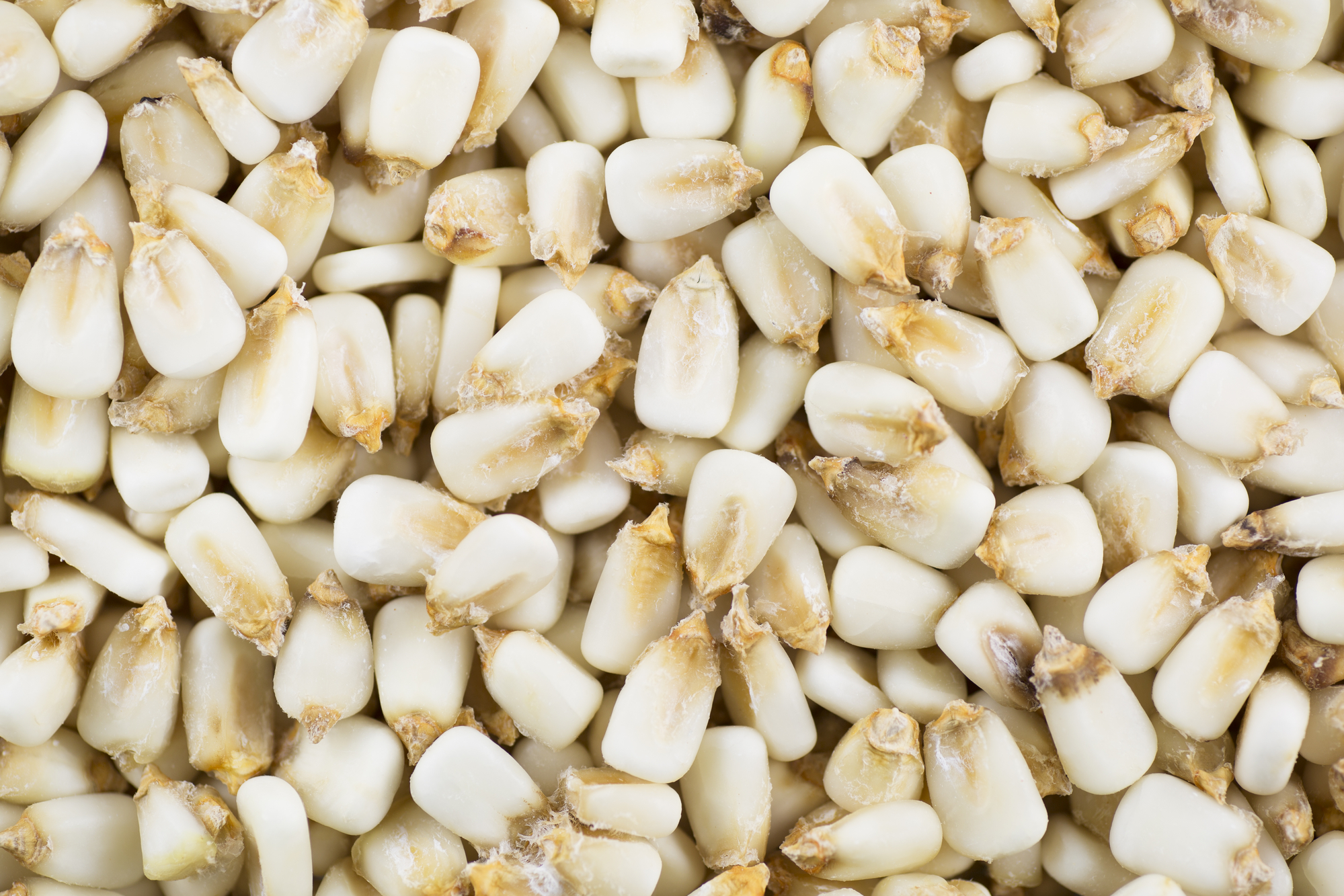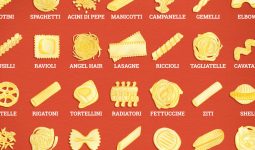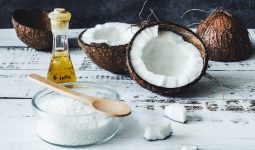In Spanish, masa harina translates to “dough flour.” The foundation of Latin American cooking is this traditional flour made from dried masa or finely ground maize flour.
Because of its nutty and sweet flavor, chefs frequently use it to make authentic tortillas, tamales, pupusas, and other Mexican specialties.
Masa harina is a versatile ingredient that gives a range of foods an intriguing taste and texture.
Masa harina has long been a staple in Mexican cooking and is frequently used to make tortillas, tamales, and other Mexican foods.
Do you intend to provide a buffet with a Mexican theme this Christmas?
You’ll need a bag of Masa Harina to bring your tortilla, tamale, tostada, or taco recipe to life.
However, since you would need to buy the flour for masa harina from dried masa, which is also dough prepared from carefully treated maize, it might be challenging to create.
If you’re looking for a simpler version of masa harina or you want to try different combinations of ingredients, we’ll discuss several substitutes for masa harina below.
1. Hominy

Hominy, subtly sweet and unapologetically earthy, refers to the main component of masa harina before it is pulverized.
However, these kernels are flint corn, making them very difficult to eat straight off the cob.
The maize kernels soaked in a lime solution to remove the exocarp and give us the soft interiors for cooking are then referred to as hominy. You can substitute masa harina with canned goods more quickly.
However, dry hominy needs to be boiled to soften the maize kernels. Hominy comes in two primary varieties: white and yellow.
Grits may now be made from white hominy because the whole husk has been removed.
The sweeter, yellow hominy, on the other hand, is more commonly used in classic Mexican soups like pozole and menudo. It is a great substitute for masa harina.
2. Grits
Grits are another corn-based product. They are created by grinding yellow or white maize kernels.
Grits are rougher in texture than cornmeal. They often originate from corn varieties that are less sweet and starchy, so their flavor is relatively neutral.
The most typical way to prepare grits is to boil them with water, milk, or another liquid to create a creamy meal that resembles porridge and is perfect for breakfast.
However, grits function best as a thickening for soups, stews, sauces, and other dishes as substitutes for masa harina. However, remember that masa harina has a distinct texture from grits.
3. Arrowroot Powder
Arrowroot powder is a typical gluten-free ingredient used in baked products and as a thickener for sauces and jellies.
One of the healthiest substitutes for masa harina is arrowroot powder. It derives from the root of a tropical plant and offers several advantages. The resistant starch in arrowroot powder may help people lose weight.
Additionally, it is an excellent source of B vitamins, potassium, and iron. Even with all these advantages, arrowroot powder is not cheap.
If you’re replacing masa harina, make a slurry out of the arrowroot powder before adding it to the dish.
One part of arrowroot powder is combined with one part of a cold liquid. It might be wine, plant-based milk, water, or another beverage.
4. Flour
Since regular flour doesn’t have the same flavor and texture as masa harina, it is slightly different. The ideal application for it is as a soup or sauce thickener.
However, if you are self-assured and knowledgeable enough, some experimentation won’t hurt! Just remember that the consistency and rate of absorption of each variety of flour varies.
Use the type of flour you are accustomed to, and select the one that best complements your selected recipe. If all goes well, use the flour as usual!
But if things don’t work out, you might want to experiment with various substitutes for masa harina or change the recipe.
5. Polenta
Italian cuisine is known for its polenta, which is made by roughly crushing yellow corn. Two variations of polenta are offered.
You may get pre-cooked, cubed polenta, but the dry version is more typical. When cooked, dry polenta transforms into a creamy porridge.
Masa harina and dry polenta can both be used interchangeably. On the other hand, pre-cooked polenta functions admirably as a thickening agent.
Polenta, which is essentially maize, has a taste akin to masa harina. However, pickling lime is not used in the preparation, so the flavor will differ.
Polenta is regularly offered at grocery stores. Although it is normally coarsely crushed, the texture might vary from brand to brand.
If you’ve decided to use polenta as a masa harina substitute, you should get the best possible quality.
6. Flaxseed
If you previously believed flax seeds were just used to sprinkle on multigrain bread or get stuck in your teeth, you might be interested to learn that they are among the great substitutes for masa harina.
Flaxseeds, which have various potential health advantages, make up for the flavor profile’s slight bitterness and utter lack of the citrus notes of nixtamalized masa harina.
Flaxseeds are frequently called “functional foods” because they suit your health.
According to some research, flaxseeds contain considerable antioxidants that may help prevent heart disease and Omega-3 fatty acids linked to suppressing some cancer cell types.
Flax tortillas contain a lot of fiber, which helps with digestion. Even funnier, if you have leftovers after manufacturing flax tortillas, you can start making flax apparel and dashboards.
You should use ground flaxseed instead of masa harina. According to Bake It With Love, you can substitute by combining a half-tablespoon of it with two tablespoons of water.
7. Cornstarch
Cornstarch is unquestionably the most fantastic option when you need a method other than masa harina to thicken mashed potatoes, soups, or sauces for your gravy boat.
It is lauded for cornstarch’s capacity to absorb water, which makes it an excellent thickening for stews, gravies, and soups.
A small amount of cornstarch, like masa harina, gives the dish texture, viscosity, and a lasting mouthfeel that will satiate your taste buds.
It would be best to have an excellent strategy to get the most benefit from this thickening.
Cornstarch should be mixed with cold liquid to make a slurry rather than added straight to the hot, boiling sauce.
As a result, the starch molecules will spread uniformly inside the pot.
It is essential to preserve this flour properly if you intend to store it in your cupboard to keep it from spoiling.
Fortunately, it is highly sturdy if fully dry and free of nuisance insects. It should work in an airtight container in a dry, cold environment.








